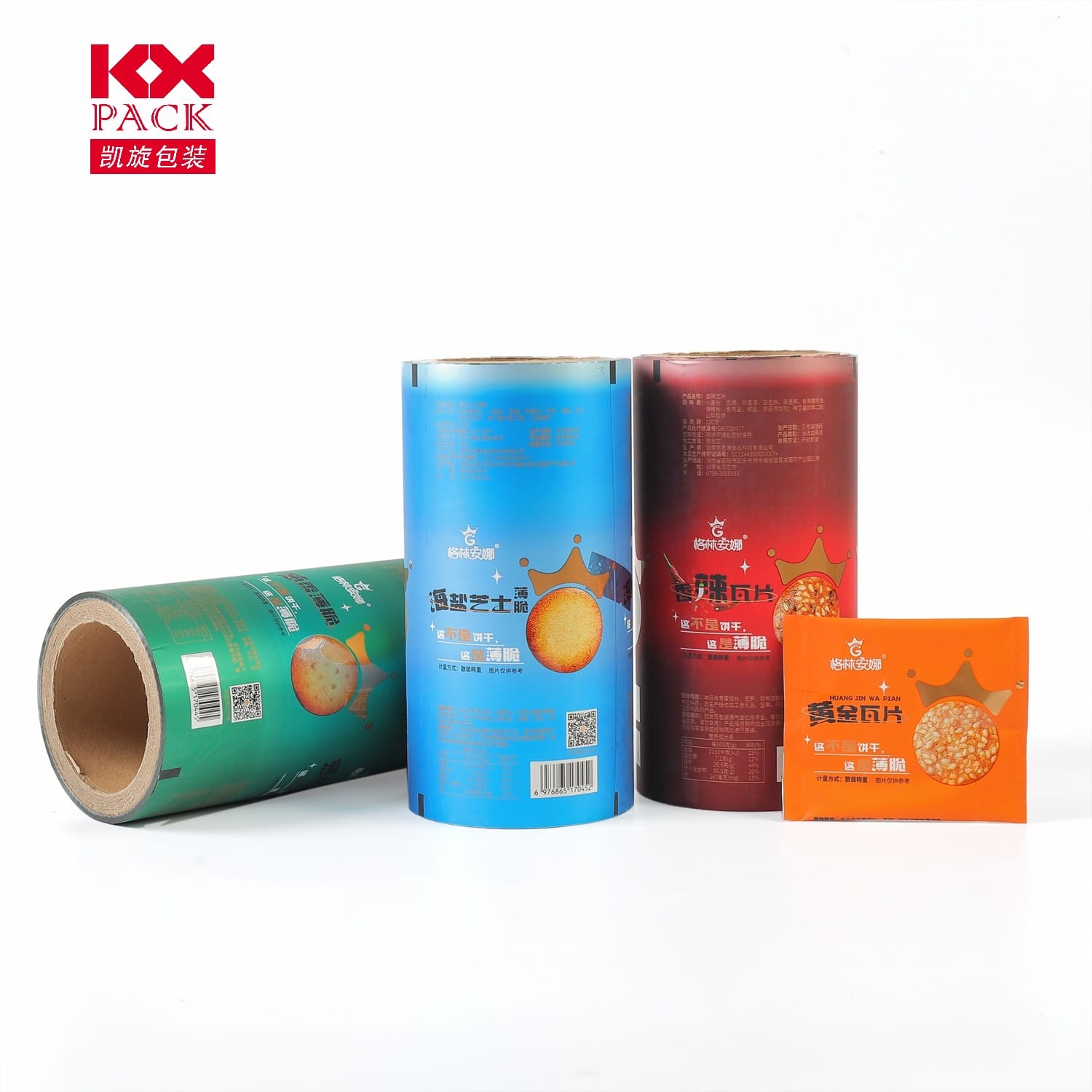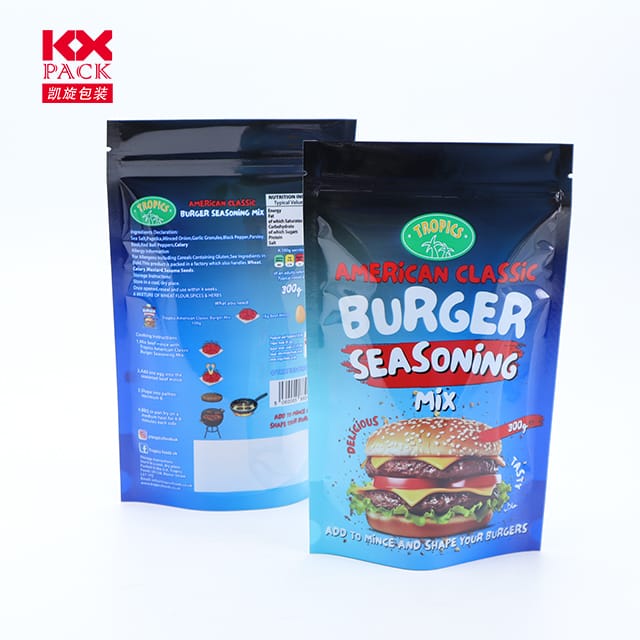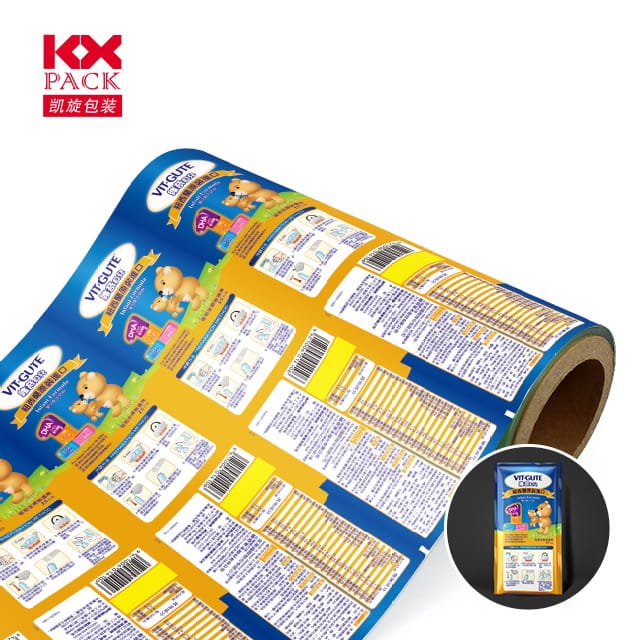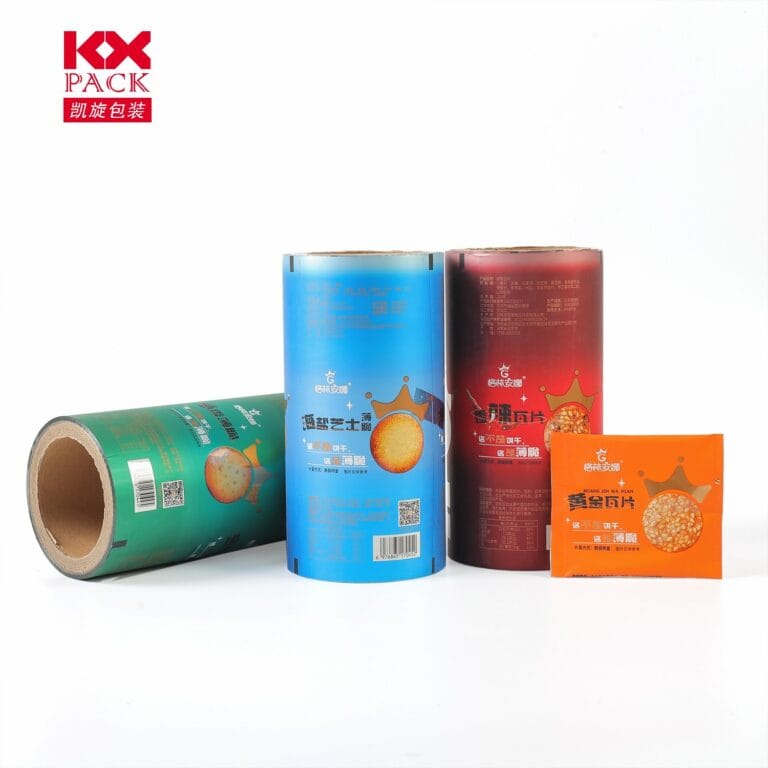El dinámico mundo de la película en rollo de plástico: Innovación, Aplicaciones, y sostenibilidad
Rollo de película de plástico
Plastic roll film, una hoja continua de material plástico enrollada en rollos, se ha convertido en un componente indispensable en todas las industrias, Desde el envasado de alimentos hasta la ingeniería aeroespacial.. Su versatilidad, rentabilidad, and adaptability to automated processes have driven its global market to grow from97.11billiohnin2024∗∗tohapagrojectmid∗∗158.21 billion by 2034, at a5% Tocón. This surge reflects evolving consumer demands, avances tecnológicos, and a growing emphasis on sustainability.
A Material for Every Need: Types and Properties
Rollo de película de plástico are not a one-size-fits-all solution. They are engineered with specific resins and manufacturing processes to meet diverse requirements:
- Polietileno (EDUCACIÓN FÍSICA) Películas
- Aplicaciones: Food packaging, agricultural mulch, y revestimientos industriales.
- Ventajas: Durabilidad, resistencia a la humedad, and cost efficiency. PE films dominate the market, particularly in flexible packaging, where they account for a significant share.
- Sustainability Challenge: Their longevity, while beneficial for product protection, poses environmental risks if not recycled. Innovaciones como chemical recycling—which breaks down PE into monomers for reuse—are addressing this by supporting circular economy models.
- Polipropileno orientado biaxialmente (BOPP) Películas
- Aplicaciones: Snack packaging, etiqueta, and laminates.
- Ventajas: High clarity, fortaleza, and heat resistance. BOPP films are widely used in retail due to their printability and barrier properties against oxygen and moisture.
- Polyolefin Shrink Films
- Aplicaciones: Unitizing products, exhibidores minoristas, and beverage multipacks.
- Ventajas: Form-fitting when heated, providing tamper-evident seals and reducing material use compared to rigid packaging.(Rollo de película de plástico)
- Películas especializadas
- Opciones biodegradables: Made from plant-based resins like PLA, these films cater to eco-conscious brands.
- Multi-Layer Coextrusion: Combines layers of different polymers (P.EJ., PE/EVOH) to enhance barrier properties for perishable goods.
Driving Industry Transformation: Key Trends
- Sustainability as a Core Focus
- Infraestructura de reciclaje: Advances in mechanical and chemical recycling are enabling the reuse of post-consumer films. Por ejemplo, mono-material films (P.EJ., bolsas totalmente de PE) simplificar los flujos de reciclaje.
- Alternativas biológicas: Companies are investing in bioplastics derived from sugarcane or algae to reduce reliance on fossil fuels.
- Technological Innovation
- Películas inteligentes: Integration of sensors or QR codes for freshness tracking in food packaging.
- Recubrimientos de alta barrera: Nanotechnology is being used to create ultra-thin, impermeable layers that extend product shelf life.
- Regional Market Shifts
- Asia-Pacific Dominance: Accounting for 40% del mercado mundial en 2024, regions like China and India are driving demand for affordable packaging solutions.
- North American Growth: The U.S. market is expanding due to stringent food safety regulations and e-commerce boom, which favors lightweight, Películas protectoras.
Aplicaciones en todas las industrias
- Comida y bebida
- Productos frescos: PE films with modified atmosphere properties extend the shelf life of fruits and vegetables.
- Aperitivos: BOPP films provide crisp packaging for chips and nuts, while shrink films bundle multipacks efficiently.
- Healthcare and Pharmaceuticals
- Sterile packaging for medical devices and drugs relies on high-barrier films to prevent contamination.
- Agricultura
- Mulch films regulate soil temperature and moisture, boosting crop yields. Biodegradable versions are reducing plastic waste in farms.
- Bienes de consumo
- Shrink-wrapped electronics or toys reduce shipping damage, while labeled BOPP films enhance brand visibility on shelves.
El camino por delante: Balancing Performance and Planet
While plastic roll films offer unmatched functionality, their environmental impact remains a concern. The industry is responding with:
- Responsabilidad extendida del productor (EPR): Legislation in the EU and U.S. mandates manufacturers to fund recycling programs.
- Consumer Education: Brands are highlighting recyclability and reduced material use in marketing campaigns.
- Collaborative Initiatives: El Alliance to End Plastic Waste unites companies to invest in waste management infrastructure globally.
Conclusión
Plastic roll film is a testament to human ingenuity—a material that adapts to the needs of modern life while evolving to meet sustainability goals. As technology advances and circular economy practices become mainstream, the future of plastic films lies in balancing performance, costo, y gestión ambiental. For businesses and consumers alike, choosing the right film means considering not just what it protects, but how it protects the planet.
Explore the possibilities of plastic roll film in your industry—and join the movement toward smarter, greener packaging solutions.







